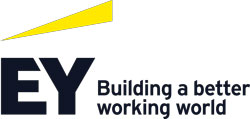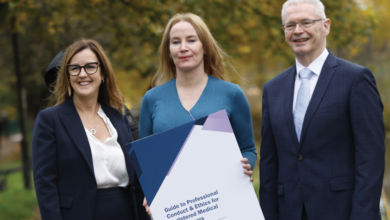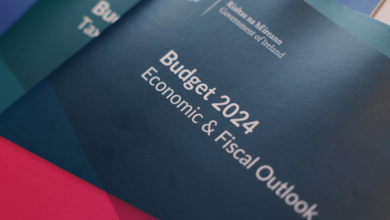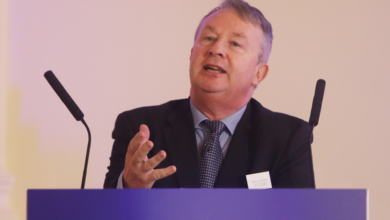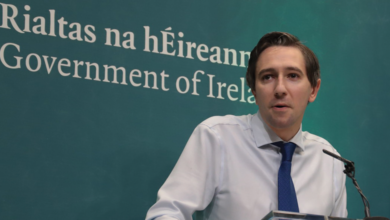Rising to the challenge

The response of the Irish public service to the Covid-19 crisis has been nothing short of magnificent. People and organisations have had to adapt with extraordinary speed and agility to completely new ways of working at the same time as contending with massive upheavals in the society they serve, writes EY’s Director of Government and Health, Gary Comiskey.
As recently as February, if anyone had said the public service would be operating with the great majority of its staff working from home and with most of their offices closed, their sanity would have been questioned. More to the point, it would have been argued that such a change was simply not possible.
Procedures were of course in place to deal with emergencies such as a fire or flood forcing staff to move out of a building, but nothing on the scale of the Covid-19 pandemic was envisaged by anyone anywhere.
The world changed suddenly and drastically with the onset of the pandemic and the way we operated within it had to change as well. As transformation consultants, EY looks at the public sector through three key lenses – technology, innovation, and people – in order to create new ways of working, respond effectively to the crisis and build more flexible resilient organisations in the longer term.
While organisations like EY have come to take remote working pretty much for granted over recent years, the public service faced a number of particular challenges. Not least of these was the fact that the great majority of staff were working from desktop computers, with laptops in short supply. Furthermore, the organisational structure was not set up to accommodate mobility.
We have worked with a number of public service organisations to assist them in addressing the immediate technical and organisational issues presented by remote working and saw at first hand the remarkable ways in which they rose to the challenge.
Old ways of working were transformed almost overnight, to be replaced with new approaches to facilitate the changed work environment. New ways of managing people and measuring performance were found while existing strengths were maximised.
For example, the public service has long been a leader in offering family-friendly working hours. That flexibility has really come into its own in facilitating staff to manage their working days to accommodate family life and caring responsibilities.
In my belief, this experience will result in a stronger and more resilient public service when staff are able to return to work in their offices. In some cases, that will mean going back to the way things used to be with a few minor changes. That may be completely appropriate depending on the nature of the work being done.
In others, some of the learnings from remote working will be applied to improve efficiency and make the office a better place to work. In others still, there will be a complete transformation in the way things are done as organisations within the public service adapt to the new world of work which will almost certainly emerge in the aftermath of this crisis.
These changes will have the added benefit of making the public service more attractive to potential employees. The flexibility and agility which it has demonstrated during the crisis will make it more attractive to the Millennials and Gen Z who value these things ahead of traditional financial benefits and are also looking for careers with a purpose. And what higher purpose is there than public service?
T: 01 475 0555
E: gary.comiskey@ie.ey.com
W: www.EY.com/ie
